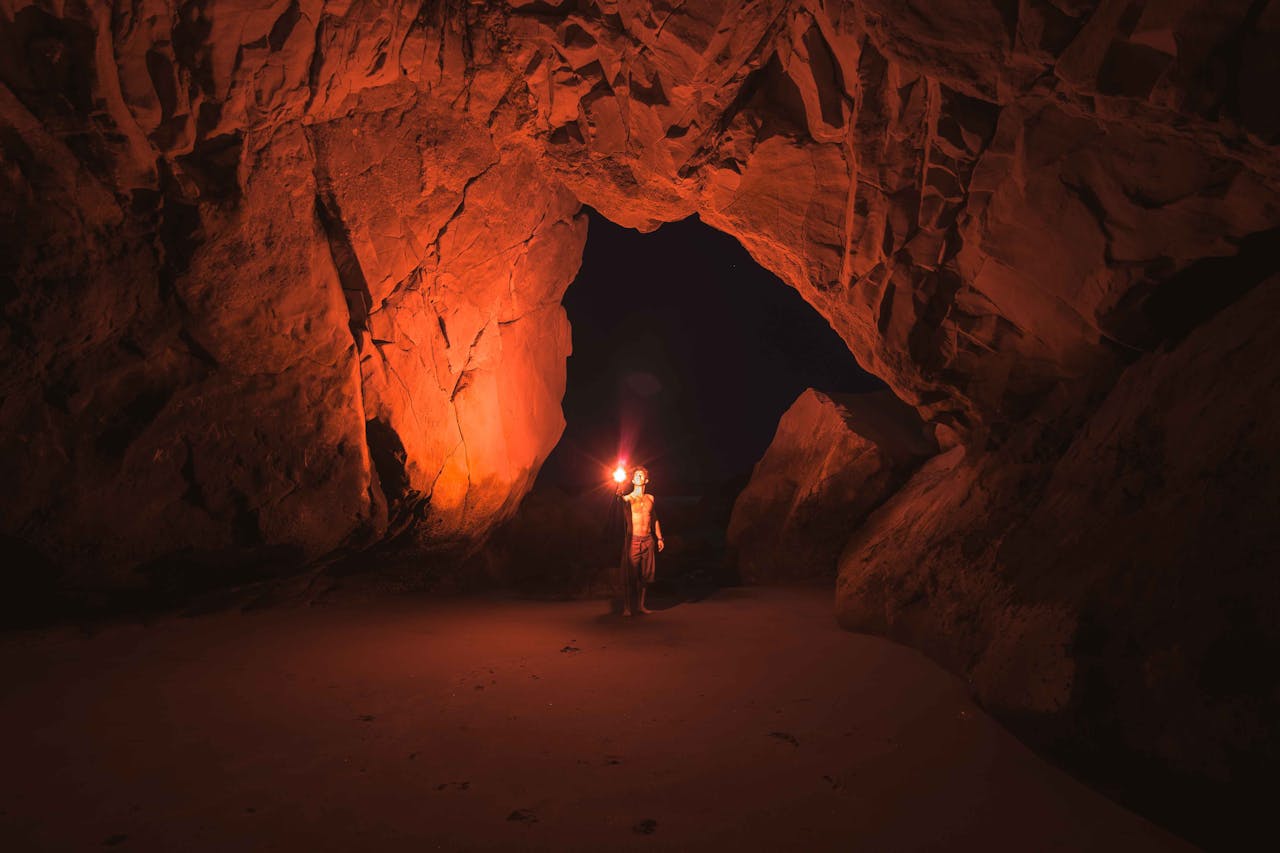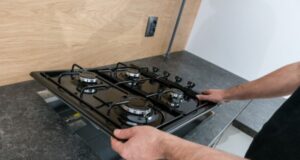
Crawl Space Inspection: Understanding the Basics

Welcome to the ultimate guide on crawl space inspection. Whether you’re a homeowner or a professional in the real estate industry, understanding the ins and outs of crawl space inspection is crucial for maintaining a healthy and safe living environment. In this comprehensive article, we’ll delve into everything you need to know about crawl spaces, from signs of problems to remediation and preventative measures.
Crawl spaces are often neglected areas in homes, yet they play a significant role in the overall structural integrity and indoor air quality. A crawl space is a shallow area beneath a building, typically between the ground and the first floor. It provides access to utilities such as plumbing, electrical wiring, and HVAC systems. Proper maintenance of crawl spaces is essential for preventing issues like moisture buildup, mold growth, and structural damage.
Signs of Crawl Space Problems
Identifying potential problems early on can save you from costly repairs down the road. Unpleasant odors emanating from the crawl space could indicate mold, mildew, or stagnant water. Rodent droppings, chewed wires, or nesting materials are signs of a pest infestation in the crawl space.
Preparing for Inspection
Before conducting a crawl space inspection, it’s crucial to prepare adequately to ensure a thorough assessment. Remove any obstacles blocking access to the crawl space entrance to facilitate the inspection process. Wear appropriate personal protective equipment (PPE) such as gloves, masks, and goggles to protect yourself from potential hazards.
Conducting the Inspection
A comprehensive crawl space inspection involves a visual assessment and a thorough examination of structural components. Inspect for signs of water intrusion, mold growth, pest activity, and structural damage using a flashlight and protective gear. Check for sagging floor joists, cracked foundation walls, and deteriorated support beams that may compromise the integrity of the structure.
Common Issues Found During Inspection
Several common issues can plague crawl spaces, affecting both the structural integrity of the building and indoor air quality. Excessive moisture in crawl spaces creates an ideal environment for mold growth, which can pose health risks to occupants. Poor ventilation and inadequate drainage can lead to moisture buildup, contributing to rot, decay, and pest infestation.
Remediation and Repair
Addressing crawl space issues promptly is crucial to prevent further damage and ensure a healthy living environment. Simple tasks such as repairing leaks, improving ventilation, and installing a vapor barrier can help mitigate crawl space problems. For complex issues like mold remediation, structural repairs, and moisture control, seeking professional assistance is recommended.
Preventative Measures
Implementing preventive measures can help mitigate crawl space problems and prolong the lifespan of your home’s foundation. Installing a vapor barrier on the crawl space floor can prevent moisture from seeping into the living spaces above. Ensuring adequate ventilation in the crawl space helps maintain proper air circulation and reduces humidity levels.
FAQs
How often should crawl spaces be inspected?
- Crawl spaces should be inspected at least once a year, preferably before the onset of rainy seasons.
Can I perform a crawl space inspection myself?
- While DIY inspections are possible, it’s advisable to hire a professional for a thorough assessment, especially for complex issues.
Conclusion
In conclusion, crawl space inspection is a crucial aspect of home maintenance that should not be overlooked. By understanding the signs of problems, preparing adequately, and taking preventive measures, homeowners can ensure a safe and healthy living environment for themselves and their families.


